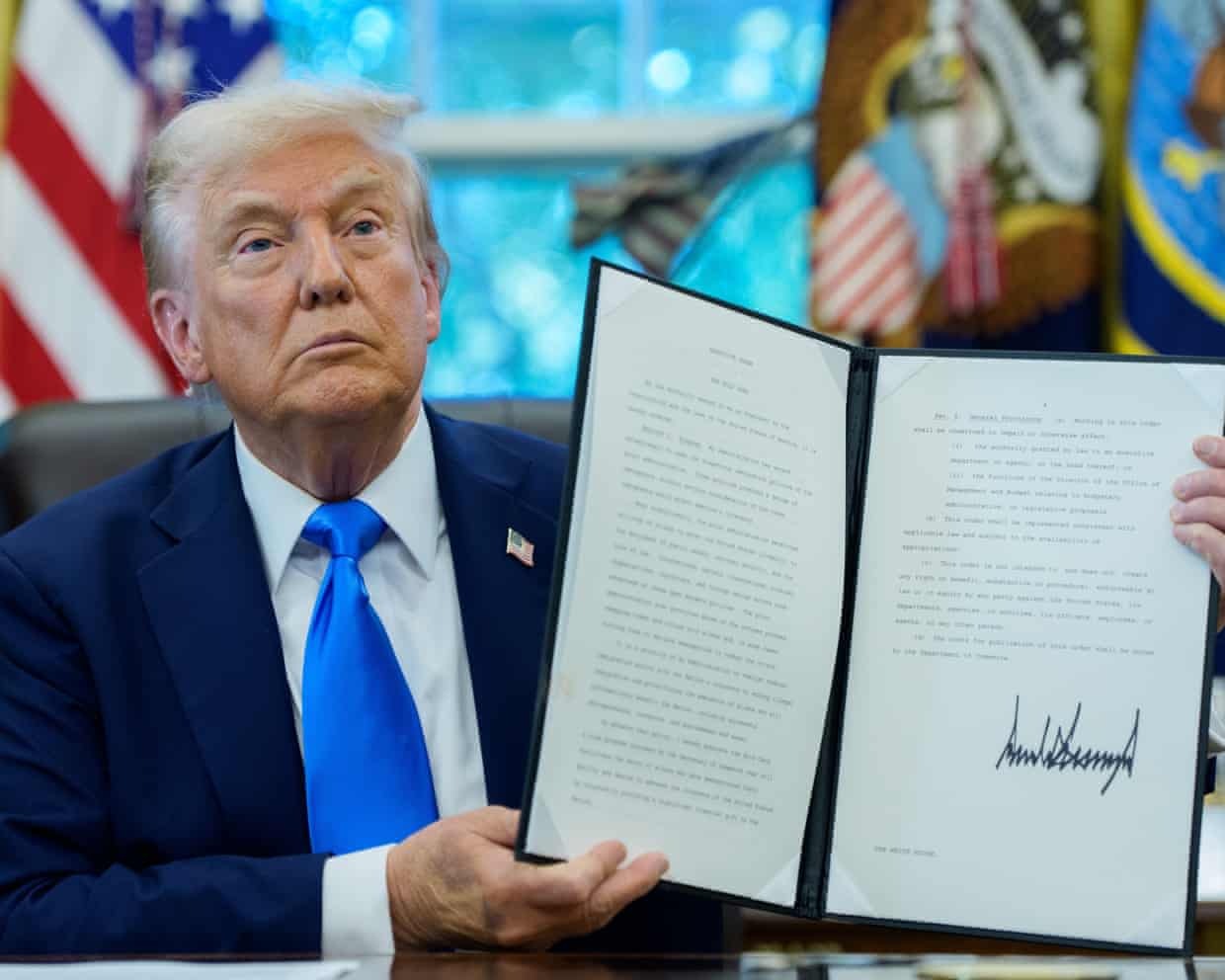Trump’s $100,000 H-1B Visa Shock: The Hidden Power Play No One Saw Coming
When Donald Trump unveiled his latest proposal, the world’s immigration and tech sectors froze in disbelief. A $100,000 fee for every H-1B visa? On paper, it seemed like a simple policy adjustment. But behind the headlines lay a labyrinth of political strategy, corporate maneuvering, and secret lobbying battles that few were aware of.
The announcement, made during a brief White House briefing, was positioned as a move to “protect American jobs and ensure that foreign workers truly add value to the economy.” Trump, ever the showman, framed the policy as a bold strike against corporate exploitation of cheap foreign labor. Yet insiders hint at deeper, more calculated motives.
Sources reveal that the proposal was not only aimed at tech giants but also at shaking up Silicon Valley’s political clout. “It’s a chess move,” said one anonymous political strategist. “It’s not just about visas. It’s about forcing companies to rethink their hiring strategies, their lobbying, and their influence in D.C.”
The immediate reaction from multinational corporations was shock. Tech titans, venture capitalists, and startup founders scrambled to assess the financial impact. For startups relying on highly skilled foreign talent, the $100,000 fee wasn’t just an administrative cost—it threatened to destabilize entire hiring strategies and force layoffs. Industry insiders whispered about secret meetings in Manhattan and Palo Alto, where CEOs debated their next move.
Meanwhile, immigration advocates and policy analysts sounded the alarm. They warned that such a policy could decimate innovation in the United States, driving talent to other nations willing to welcome skilled workers with open arms. “This could be the greatest talent exodus in U.S. history if implemented,” argued one think-tank director.
Adding another layer of intrigue, sources close to the Trump campaign suggest that the policy could also serve as a fundraising tool. By positioning the move as a patriotic effort to “protect American jobs,” it could rally supporters and galvanize the base ahead of upcoming political battles. Critics, however, argue that the real beneficiaries might be a handful of domestic firms looking to capitalize on reduced competition from foreign talent.
The debate quickly moved to Capitol Hill, where lawmakers expressed mixed reactions. Some praised the move as a bold, necessary shake-up; others decried it as reckless and economically dangerous. “We are looking at the potential collapse of industries that rely heavily on H-1B talent,” warned one Democratic senator during a closed-door session.
Meanwhile, tech forums and online communities erupted. Developers and engineers speculated on the personal impact—would they be able to stay in the U.S., or would they be forced to relocate abroad? Conversations in Silicon Valley cafes, Slack channels, and private LinkedIn groups hinted at an exodus of talent quietly plotting their next move.
As the policy sits in legislative limbo, the real story continues to unfold behind closed doors. Will companies capitulate, pass the costs to consumers, or challenge the policy in court? And what about the global perception of America as a land of opportunity—can it survive such a seismic shift?
One thing is certain: what seemed like a simple visa fee announcement is anything but. Behind the numbers lies a high-stakes game of politics, power, and money that could redefine the future of American innovation forever.
